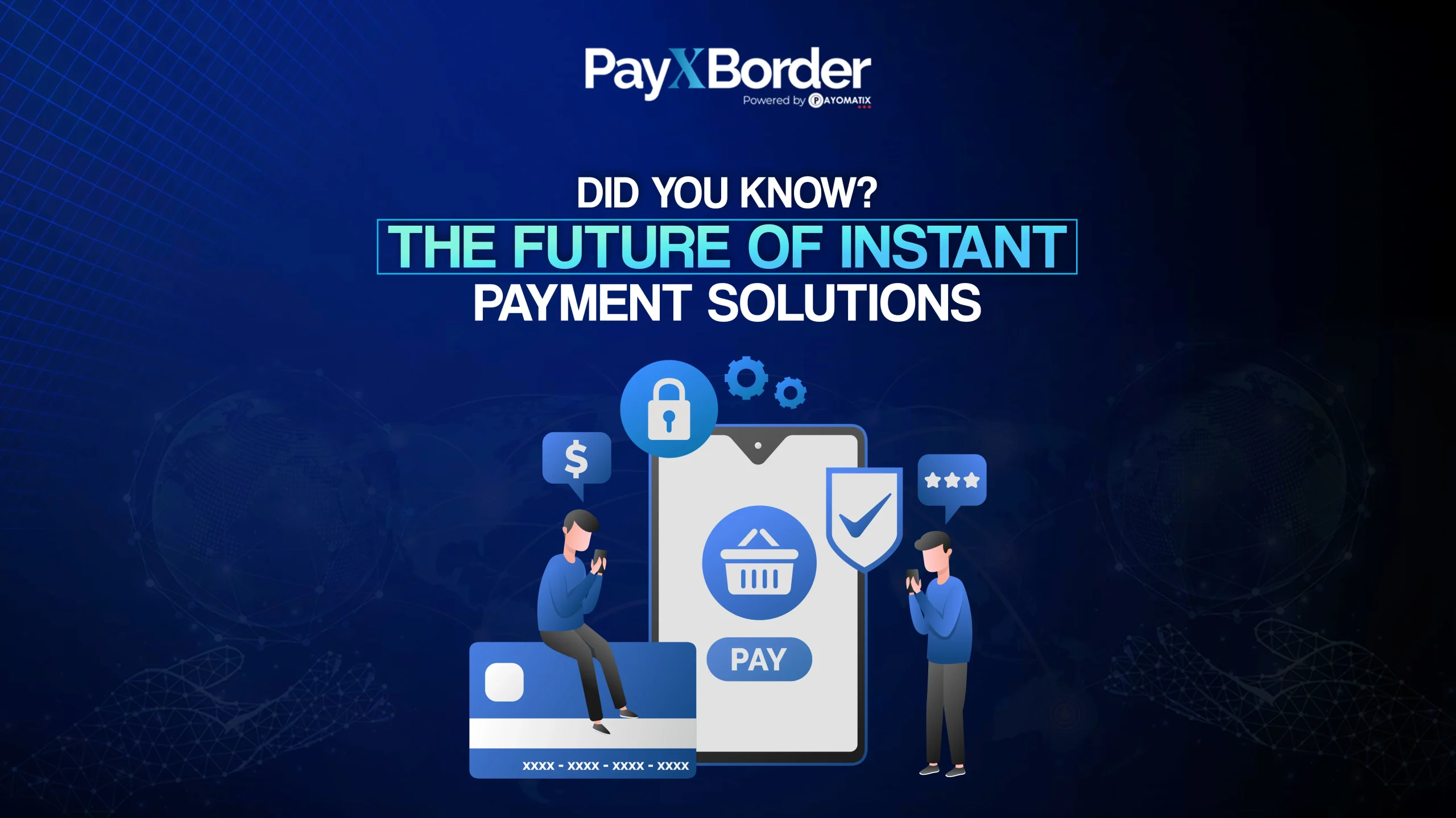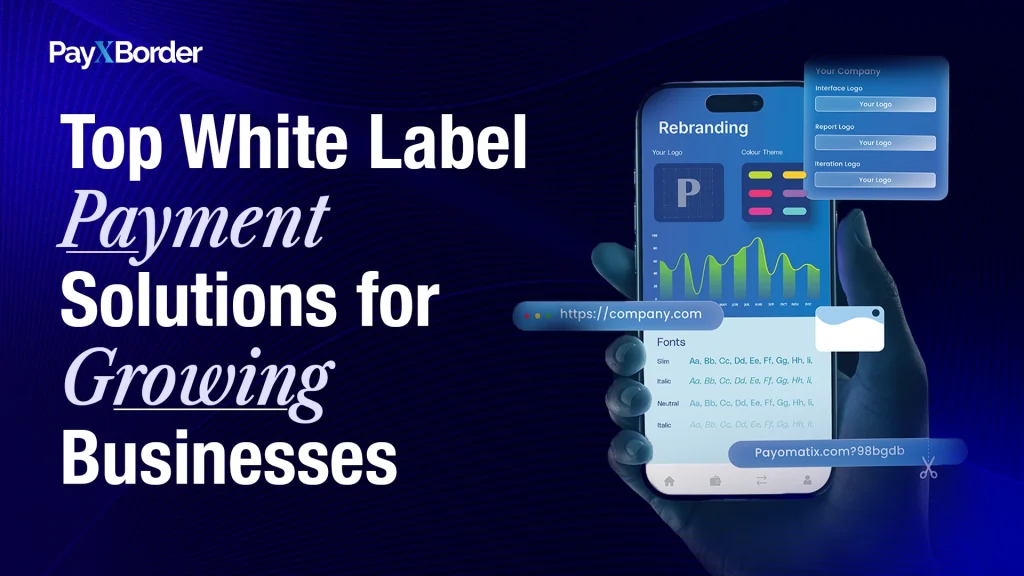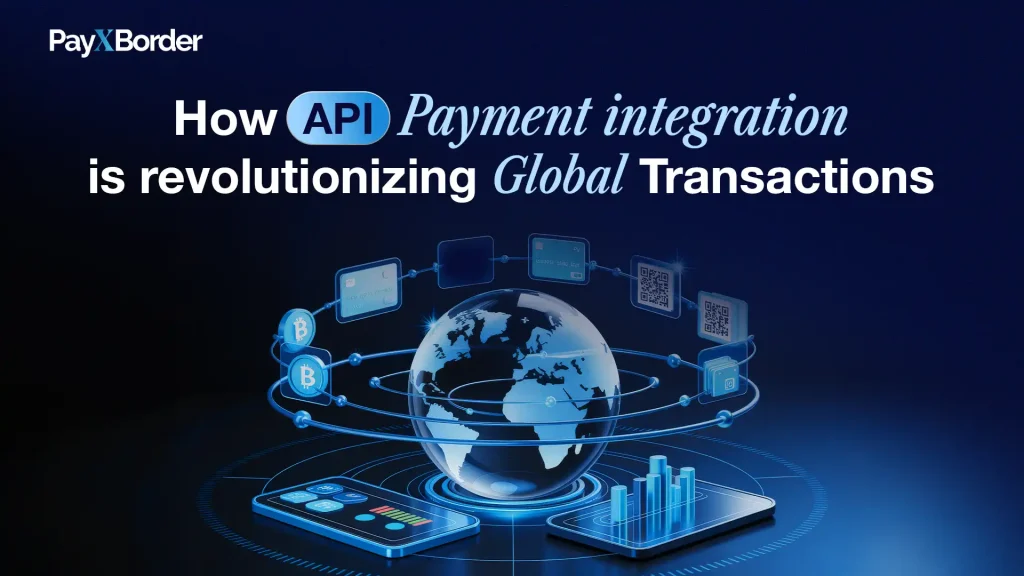“What if sending money across the globe could be as instant as sending a message? With Instant Payment Solutions, it can.”
The world of payments is evolving at lightning speed. Gone are the days when businesses and individuals had to wait 3–7 business days for funds to clear, facing hidden fees and uncertainty in the process. In today’s digital economy, where speed determines competitiveness, Instant Payment Solutions are no longer optional—they are critical for survival.
Whether you’re a freelancer awaiting client payments, an eCommerce brand managing supplier payouts, or an enterprise operating across borders, understanding and leveraging instant payment technology will empower your business to scale efficiently and maintain cash flow stability.
In this comprehensive guide, we will explore what instant payments mean for global transactions, how they work, why they are the future of payments, and how platforms like PayXBorder are helping businesses harness this powerful tool for seamless cross-border payments.
What Are Instant Payment Solutions?
Instant Payment Solutions refer to payment methods and platforms that enable funds to be transferred and settled in real-time or near-real-time between payer and payee. Unlike traditional methods involving intermediaries and multiple banks, instant payments bypass these barriers using advanced payment rails, APIs, and digital wallets.
For businesses:
- Funds are available immediately upon payment confirmation.
- Suppliers and partners can be paid instantly, improving relationships.
- Cash flow visibility and management are enhanced.
For consumers:
- Payments are received without delays.
- Refunds and reimbursements are processed instantly.
Platforms like PayXBorder enable businesses to accept and send instant payments globally, ensuring operational agility and financial predictability.
The Evolution from Traditional Payments to Instant Payments
Why Traditional Payments Are Slowing Businesses Down
Traditional payment methods involve:
- Multiple correspondent banks
- Time-consuming SWIFT processes
- High processing fees and hidden charges
- Settlement times ranging from 2 to 7 business days
These delays impact cash flow, vendor relationships, and business agility, particularly in cross-border operations.
How Instant Payment Solutions Have Changed the Game
Instant payments leverage modern infrastructure like:
- Real-time payment networks (RTP)
- API-based payment systems
- Blockchain-powered settlements
- Digital wallet integrations
This allows businesses to send and receive payments instantly, removing inefficiencies and improving operational cash flows.
Key Benefits of Instant Payment Solutions
Speed
Transactions that traditionally took days now complete in seconds or minutes, enhancing cash flow and reducing dependency on credit lines.
Cost Efficiency
Instant payments bypass multiple intermediaries, reducing transaction fees, hidden charges, and FX costs in cross-border transactions.
Transparency
Real-time payment tracking ensures full visibility, allowing businesses and customers to monitor the status of each transaction.
Security
Advanced payment platforms use encryption, fraud detection, and compliance monitoring to protect transactions and reduce risks.
Customer Experience
For eCommerce and B2B businesses, instant payments mean faster refunds, prompt vendor payments, and improved customer trust.
The Role of Digital Wallets in Instant Payments
Digital wallets are critical enablers of instant payment ecosystems, offering:
- Immediate fund transfers between wallet holders
- Multi-currency holdings and instant conversions
- Direct settlements without intermediary banks
Using platforms like PayXBorder, businesses can:
- Manage payments across 50+ currencies
- Transfer funds globally in seconds
- Optimize FX rates for cost savings
This flexibility allows businesses to support global transactions without traditional banking limitations.
How Instant Payment Solutions Enhance Global Commerce
In cross-border commerce, instant payments:
- Eliminate settlement delays that slow supply chains
- Allow businesses to react quickly to market opportunities
- Facilitate on-time payments to suppliers and employees
- Support seamless payouts to international customers and freelancers
For global businesses, adopting instant payment technology translates to higher efficiency and greater scalability.
Compliance and Security in Instant Payment Solutions
Instant payment technology does not mean compromising on compliance. Platforms like PayXBorder integrate:
- KYC (Know Your Customer) procedures
- AML (Anti-Money Laundering) monitoring
- PCI DSS compliance for data security
- GDPR alignment for data protection
Transactions are monitored in real-time to detect fraud while ensuring that global regulatory requirements are met seamlessly.
Trends Shaping the Future of Instant Payment Solutions
1️⃣ Blockchain and Distributed Ledger Technology
Blockchain can enable real-time settlements across borders with transparency, security, and reduced costs.
2️⃣ API-Powered Payments
API integrations enable businesses to embed instant payment capabilities within their platforms, automating payments based on triggers.
3️⃣ Cross-Border RTP Networks
Networks like SWIFT gpi and emerging global RTP frameworks are setting the stage for instant cross-border settlements.
4️⃣ AI-Powered Fraud Detection
Machine learning and AI are enhancing fraud prevention while enabling faster transaction approvals without manual checks.
5️⃣ Multi-Currency Payment Hubs
Future instant payment solutions will focus on providing multi-currency flexibility with transparent FX rates in real-time.








